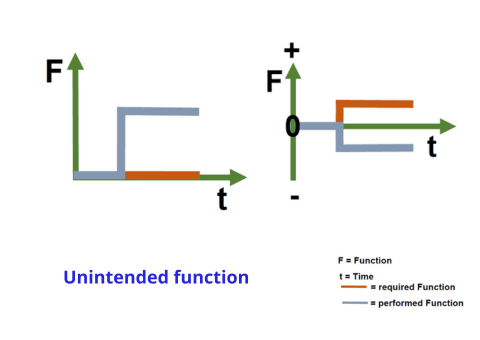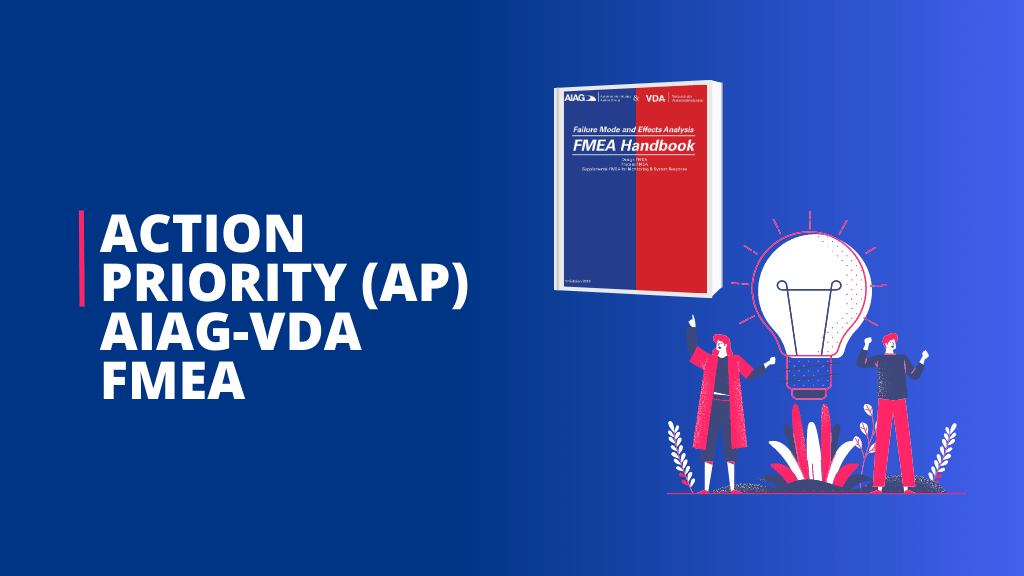The AIAG VDA FMEA first edition 2019 handbook clearly mentions about the types of failure modes.
Failure analysis is the heart of DFMEA and PFMEA. The purpose of failure analysis steps is to find out the failures in the design or process.
We do function analysis before doing the failure analysis. The function of the system, system elements, and requirements will give us a better understanding of our design.
The function analysis is the base for the failure analysis step. We identify the failures in terms of how the function can fail.
Therefore the types of Failure modes are as below.
Failure Mode Types
- Loss of Function
- Degradation of function
- Intermittent function
- Partial function
- Exceeding function
- Delayed function
- Unintended function
Let’s learn in detail each type of failure mode.
01. Loss of function
This is the type of failure where the intended function of the system/part fails suddenly.

If you have the function of the ball pen, it is to be “Able to do writing at controlled rate ink flow”.
Then the failure mode of loss of function can be.
- not able to write.
- No ink flow (Fail to write).
- The pen is not performing the writing function.
02. Degradation of Function
The degradation failure means the function fails over a period of time.

We are taking the same example.
Then the failure mode of Degradation of function can be;
- Writing performance degraded.
- More ink flows over a period of time.
- Sleepy writing after some cycle.
03. Intermittent function
The intermittent type of failure mode is when the function fails suddenly, again starts, and again fails.

The flow of failure is intermittent type. It starts/stops/starts. No control over the function.
An example function of a ball pen is “Able to do writing at controlled rate ink flow”.
Then the failure mode of the Intermittent function can be.
- Intermittent ink flow starts/stops suddenly while writing).
- Missing character while writing.
04. Partial Function
The partial function type of failure is the functional/performance loss. Loss of performance.

Then the failure mode of the Partial function can be.
- The uneven flow of ink while writing.
05. Exceeding function
The exceeding type of failure mode is the excess output of the function. Excess outcomes than the expected results will be your exceeding type of failure mode.

The failure mode of exceeding function can be
- Excess flow of ink than expected While writing
06. Delayed function
This type of failure is the Performing function with delayed output. When you start doing the function step, the result output will work with delayed time intervals.

The example of the delayed function in our case is,
- Ink flow starts after some time.
- Delay writing initiated.
07. Unintended function
Unintended function failure is the opposite outcome of our function. This will result in the wrong direction, wrong performance categories.

Here we can take the example of the steering system. The failure could be,
- The vehicle turns right when you move the steering to the left.
These are the types of failure modes you can apply to each function defined in the FMEA study.
When you plan FMEA and doing failure analysis, apply all types of failure to each function. It will help you to identify more failures than blank brainstorming.






